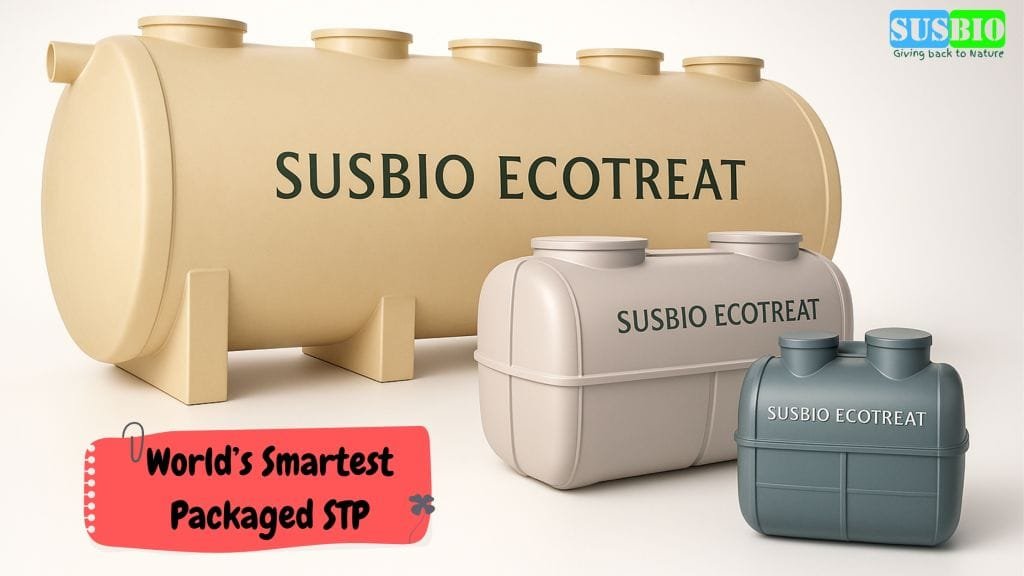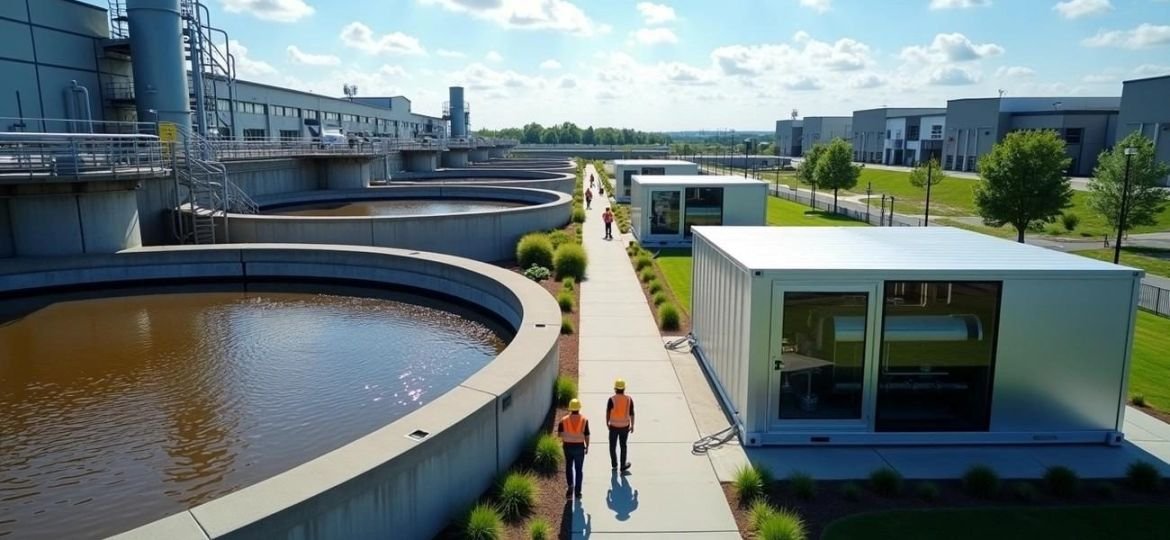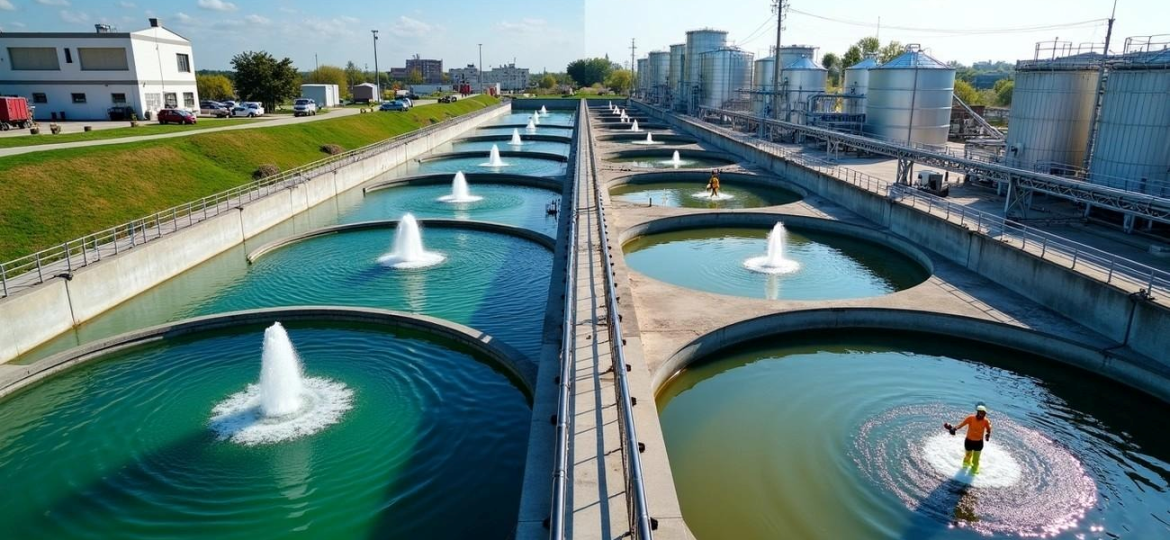Sludge is an inevitable byproduct of the sewage treatment process, comprising solid waste, organic matter, and microbial biomass separated from wastewater. Managing sludge effectively is crucial for ensuring smooth and sustainable sewage treatment plant (STP) operations. Without proper sludge management, STPs may face issues like excessive waste buildup, increased operational costs, and environmental pollution. By implementing efficient sludge handling techniques, STPs can optimize their processes, reduce expenses, and enhance environmental sustainability.
Why Sludge Management Matters
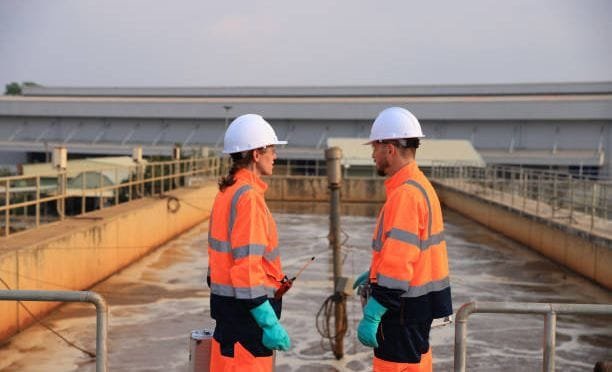
Effective sludge management is not just about waste reduction; it plays a pivotal role in the overall efficiency and cost-effectiveness of STP operations. Here are some key reasons why sludge management is essential:
1. Reduces Waste Accumulation
Sludge buildup can lead to operational inefficiencies, equipment clogging, and increased maintenance costs. Proper sludge management ensures that waste is handled systematically, preventing unnecessary accumulation and keeping the treatment system running smoothly.
2. Lowers STP Operation Costs
Handling sludge efficiently reduces disposal expenses, minimizes energy consumption, and enhances the longevity of treatment infrastructure. Techniques such as biogas generation from sludge digestion further contribute to cost savings by providing an alternative energy source for STP operations.
3. Enhances Environmental Sustainability
Untreated sludge can contaminate water bodies and soil, leading to severe environmental consequences. Effective sludge treatment helps prevent pollution, promote resource recovery, and support sustainable wastewater management practices.
Methods of Sludge Management in Sewage Treatment Plants
Several sludge management techniques are available, each offering specific benefits for STP operations. The choice of method depends on factors such as sludge composition, treatment goals, and regulatory requirements.
1. Sludge Thickening
Sludge thickening is the process of reducing the water content in sludge to decrease its volume before further treatment or disposal. This step enhances handling efficiency and lowers transportation and disposal costs. Common thickening methods include gravity thickening, flotation thickening, and mechanical thickening.
2. Sludge Digestion
Sludge digestion involves biological processes that break down organic matter, reducing sludge volume while generating useful byproducts. There are two primary types of sludge digestion:
Anaerobic Digestion – Microorganisms break down sludge in an oxygen-free environment, producing biogas (methane and carbon dioxide) as a byproduct. This biogas can be used as a renewable energy source.
Aerobic Digestion – Oxygen is supplied to microorganisms to facilitate the breakdown of organic matter, reducing sludge volume and improving stabilization.
3. Dewatering Techniques
Dewatering involves removing excess water from sludge to facilitate easier disposal and transportation. Some common dewatering techniques include:
Filter Presses – Use pressure to separate water from sludge, producing a dry sludge cake.
Centrifuges – Employ high-speed rotation to separate water from sludge, reducing volume efficiently.
Belt Presses – Utilize a continuous belt system to squeeze out water from sludge, offering a cost-effective dewatering solution.
4. Thermal Treatment
Thermal treatment methods help in significantly reducing sludge volume and transforming it into useful energy sources. These include:
Incineration – Burns sludge at high temperatures, reducing waste volume and potentially generating energy.
Drying Technologies – Utilize heat to evaporate water from sludge, making it easier to handle and store.
5. Resource Recovery
Modern STP operations focus on sustainable sludge management by recovering valuable resources from sludge. Some resource recovery methods include:
Biogas Production – Anaerobic digestion generates methane-rich biogas, which can be used to power STP operations or sold as renewable energy.
Fertilizer Production – Treated sludge, also known as biosolids, can be used as organic fertilizer in agriculture, improving soil fertility and reducing the need for chemical fertilizers.
Water Reuse – Extracted water from sludge dewatering processes can be treated and reused within STP operations, reducing freshwater consumption.
How Efficient Sludge Management Reduces STP Operation Costs

Optimizing sludge management not only benefits the environment but also contributes to significant cost savings in STP operations. Here’s how:
1. Lower Disposal Costs
Minimizing sludge volume reduces the need for transportation and landfill disposal, cutting down expenses significantly.
2. Energy Savings
Biogas produced from sludge digestion can be used to generate electricity or heat, reducing reliance on external energy sources and lowering utility costs.
3. Regulatory Compliance
Proper sludge treatment ensures compliance with environmental regulations, helping STPs avoid fines and legal issues associated with improper waste disposal.
4. Sustainable Operations
By recycling sludge components and implementing energy-efficient processes, STPs can reduce their carbon footprint and enhance overall sustainability.
SUSBIO ECOTREAT: An Advanced Solution for Sludge Management
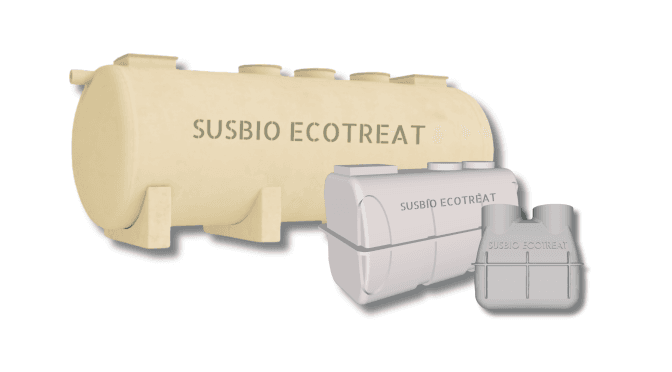
SUSBIO ECOTREAT is a cutting-edge packaged sewage Treatment plant solution designed to optimize sludge management in STP operations. By integrating advanced biological treatment and dewatering technologies, SUSBIO ECOTREAT offers several advantages:
-
Reduced Sludge Generation – Efficient organic matter breakdown minimizes sludge production, reducing waste accumulation.
-
Energy-Efficient Processes – SUSBIO ECOTREAT incorporates biogas recovery and energy-saving treatment methods, lowering operational costs.
-
Eco-Friendly Treatment – The system aligns with sustainability goals by promoting resource recovery and reducing environmental impact.
FAQs
1. What is sludge in STP operations?
Sludge is the solid waste and organic matter separated from wastewater during the sewage treatment process.
2. Why is sludge management important?
Proper sludge management reduces waste accumulation, lowers operational costs, and prevents environmental pollution.
3. How does sludge management impact STP operation costs?
Efficient sludge treatment methods like thickening, digestion, and dewatering help minimize disposal costs and maximize resource recovery.
4. What are the best methods for sludge management?
Key methods include sludge thickening, digestion, dewatering, thermal treatment, and resource recovery.
5. How does SUSBIO ECOTREAT improve sludge management?
SUSBIO ECOTREAT reduces sludge volume, enhances energy efficiency, and promotes sustainable treatment processes, making it an ideal solution for STP operations.
Conclusion
Effective sludge management is a cornerstone of efficient sewage treatment plant operations. By implementing advanced sludge treatment technologies and sustainable practices, STPs can reduce costs, enhance efficiency, and minimize their environmental impact. Solutions like Packaged STP SUSBIO ECOTREAT empower businesses and municipalities to achieve cost-effective, eco-friendly wastewater management, contributing to a cleaner and greener future.


